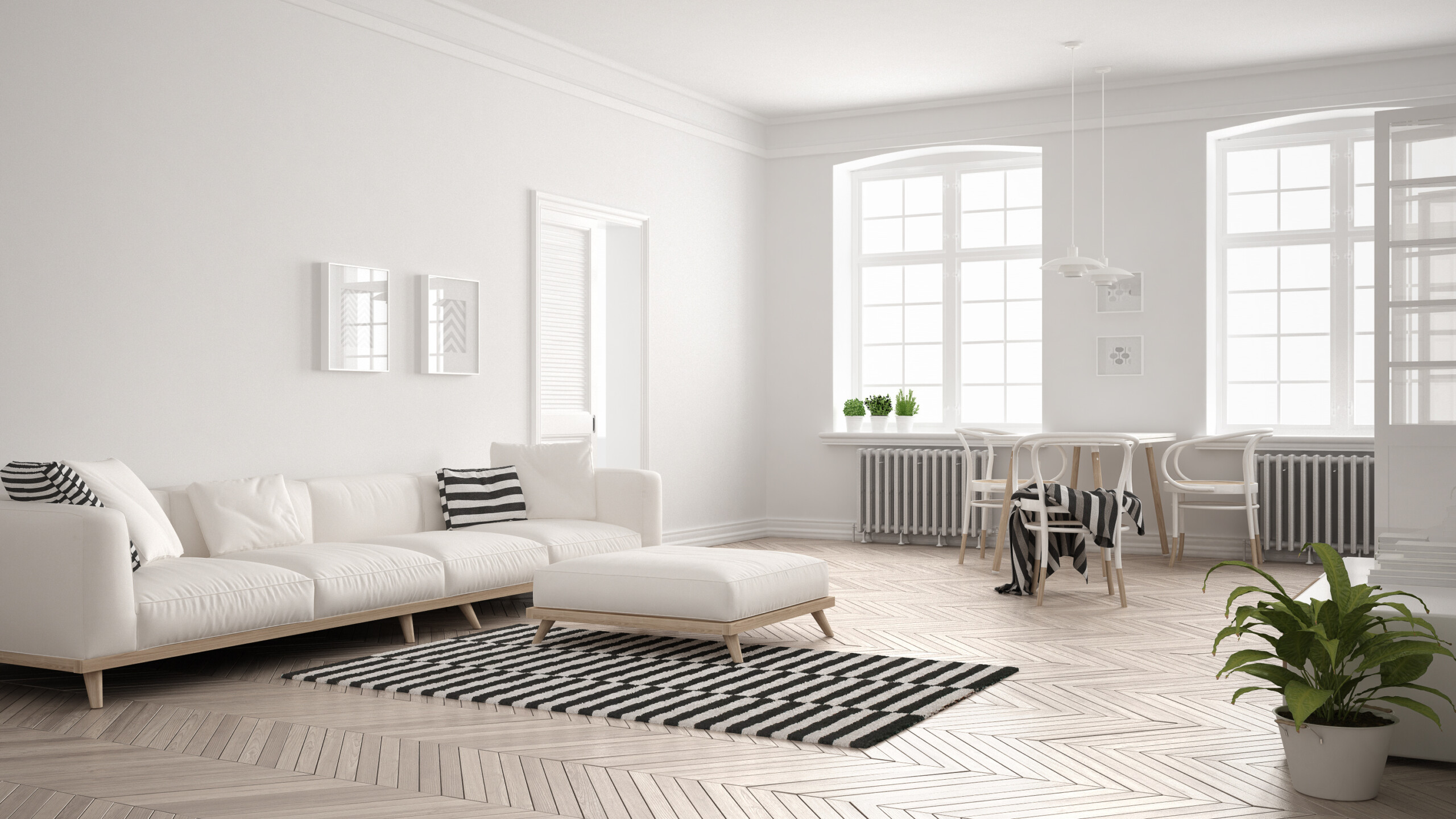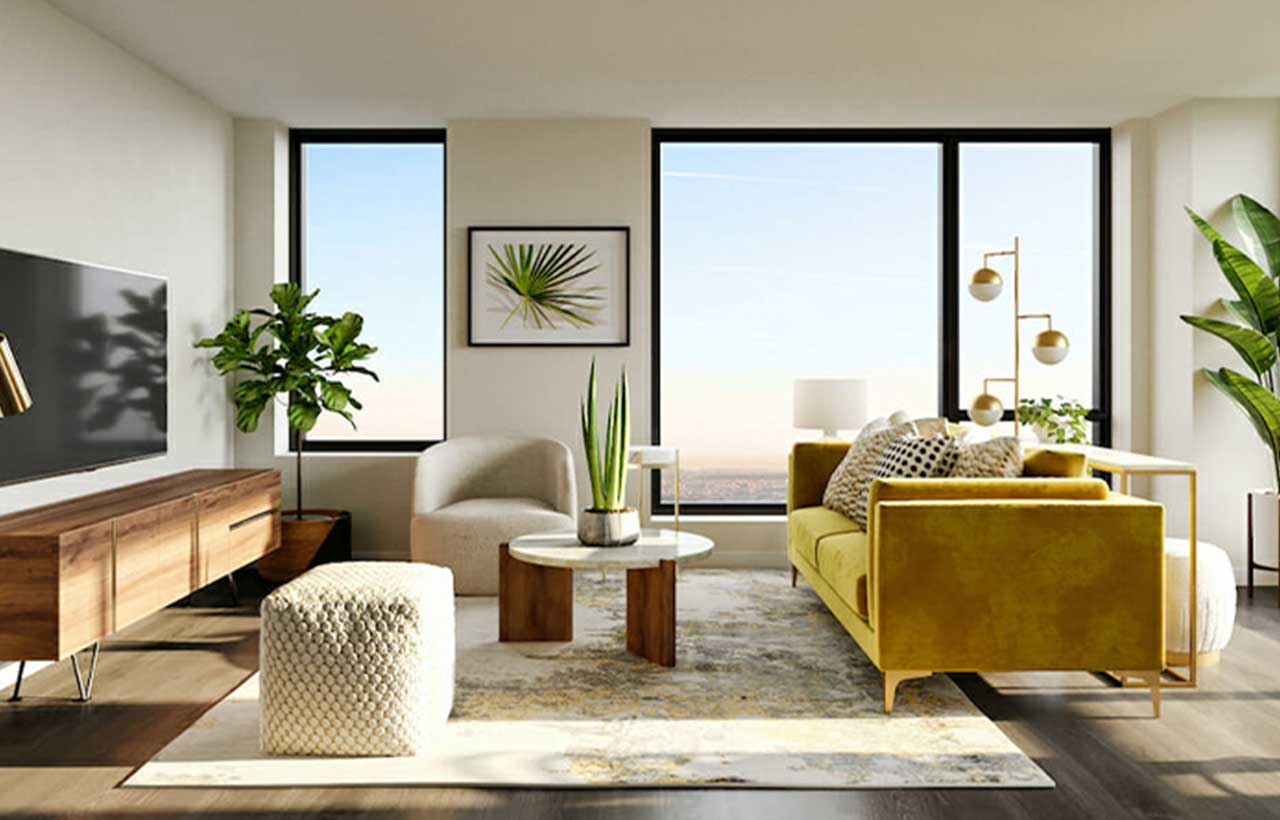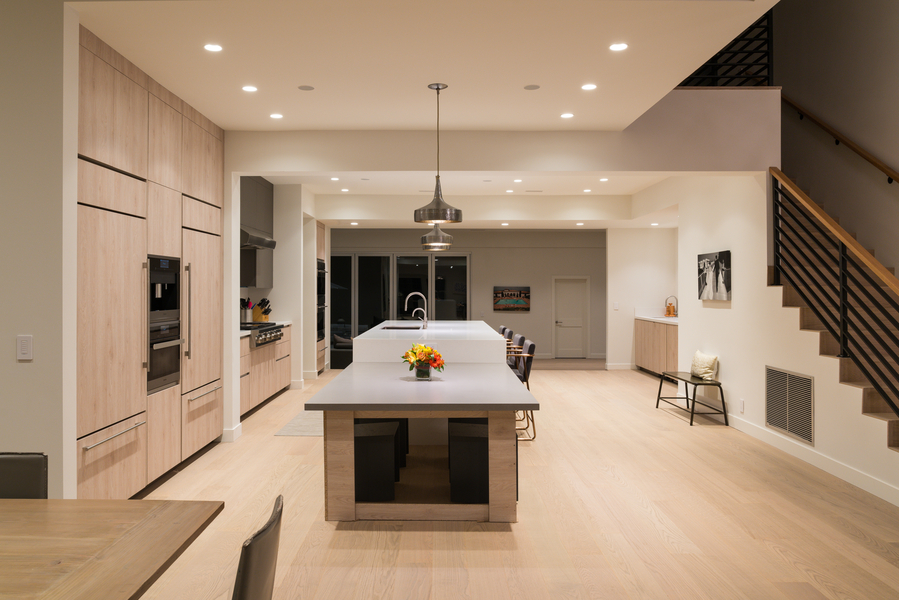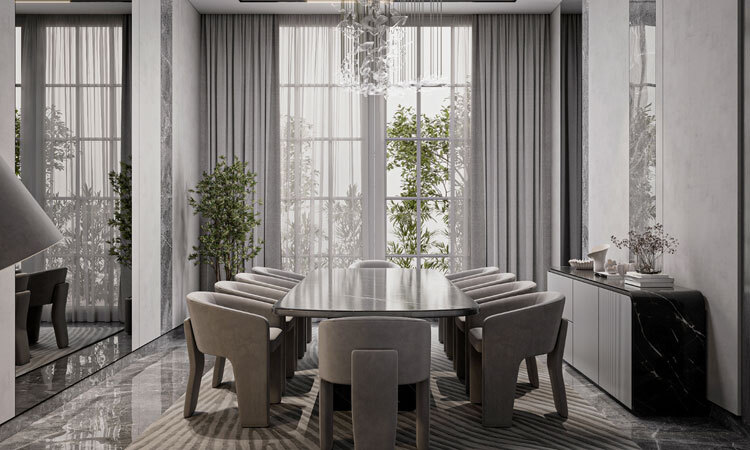How to Master Minimalist Interior Design with Style in a world filled with distractions and excess, minimalist interior design offers a refreshing escape—an invitation to embrace simplicity, purpose, and quiet elegance. However, minimalism isn’t just about reducing clutter. When executed thoughtfully, it’s about creating an environment that’s both functional and calming, filled with intentionality and style. Let’s dive into the ways you can master minimalist interior design and create a space that speaks volumes through subtlety and balance.

The Essence of Minimalism: More Than Just Aesthetic
At its core, minimalist interior design emphasizes the importance of purpose and clarity. Every element in the room should serve a distinct function. Clean lines, open spaces, and muted colors are staples of this design philosophy. By embracing simplicity, you allow each piece to breathe, creating a harmonious atmosphere.
Rather than stripping away character, minimalism removes the distractions that prevent the true essence of a space from shining through. Each object that remains should feel carefully selected and in its rightful place.
Start with a Clean Slate
To begin your minimalist journey, it’s important to first declutter—not just physically but also mentally. A clean space allows for clarity, both visually and mentally. Start by evaluating every item in the room. If it doesn’t serve a function or contribute to the ambiance, it’s time to part ways.
Furthermore, avoid overcrowding horizontal surfaces. Keep tables, counters, and shelves as open as possible. In minimalist interior design, less truly is more. When spaces are free of unnecessary items, the beauty of the remaining pieces can take center stage.
Choose a Restrained Color Palette
When it comes to color, minimalist interior design thrives on a neutral foundation. Soft whites, warm beiges, cool grays, and deep blacks create an effortless sense of calm. These colors form the backdrop that allows other elements, like texture and light, to shine.
While neutrals are key, don’t shy away from layering varying shades of the same color. You can incorporate soft contrasts between cream and ivory, or charcoal and slate. Additionally, integrating natural materials like wood and stone adds richness without disrupting the serene color scheme.
Quality Over Quantity: Curate with Intention
One of the guiding principles of minimalist interior design is focusing on quality rather than quantity. Instead of accumulating a lot of items, opt for a few, well-made pieces that stand the test of time. This doesn’t mean sparse or barren, but rather well-curated and intentional.
For instance, choose timeless, durable furniture such as a beautifully crafted wood dining table or a well-upholstered sofa. Focus on investing in items that are both functional and visually pleasing. Handcrafted decor, like a ceramic vase or a handwoven rug, adds depth and texture without overwhelming the space.
Harness the Power of Negative Space
A major hallmark of minimalist interior design is the effective use of negative space. The areas around and between objects are just as important as the objects themselves. By allowing the space to breathe, you create a sense of balance and tranquility that calms the mind.
Rather than filling every corner, embrace the freedom that comes with open space. This negative space enhances the overall flow of the room, making the environment feel airy and expansive. Use light, shadow, and varying heights to create visual interest without introducing clutter.
Furniture: Sleek, Streamlined, Sophisticated
When choosing furniture for a minimalist space, prioritize simplicity and elegance. Opt for pieces that are sleek and streamlined, with clean, unobtrusive lines. Avoid anything too ornate or heavy—minimalist interior design is about maintaining a sense of lightness and space.
Instead of overfilling the room with multiple pieces, choose furniture that serves a specific purpose. A low-profile sofa with simple shapes, for example, keeps the space open and inviting. Neutral fabrics, such as linen or leather, are excellent choices for furniture, as they complement the minimalist aesthetic and age beautifully over time.
Master the Art of Lighting
Lighting plays a crucial role in minimalist interior design. It doesn’t just illuminate the space—it sets the mood, creates ambiance, and enhances architectural features. The key is to layer different types of lighting and use them strategically to highlight focal points in the room.
To start, maximize natural light by keeping windows unobstructed and opting for sheer curtains or blinds. For artificial lighting, choose fixtures that align with the minimalist theme—geometric pendant lights, linear floor lamps, and sculptural wall sconces can all add visual interest. Additionally, recessed lighting or hidden LEDs can create a soft, ambient glow that adds warmth to the space.
Bring in Natural Elements
Minimalist interior design isn’t just about what you remove; it’s also about what you keep. Adding natural elements into your space brings warmth, texture, and authenticity. A single houseplant, for example, can make a bold statement while introducing color and life.
In addition to plants, you can incorporate natural materials like wood, stone, or clay into your design. A raw wooden coffee table, a stone accent wall, or ceramic pottery will introduce subtle textures that complement the sleekness of the room without overwhelming it. These elements tie the space to nature, offering both aesthetic value and emotional comfort.
Artwork and Accessories: One Statement at a Time
In minimalist interior design, less is more when it comes to decor. Rather than crowding walls with multiple pieces of art, opt for one striking piece that commands attention. A large abstract painting or a monochromatic print can serve as a bold focal point.
Accessories should also be minimal and purposeful. Choose a few high-quality items, such as a handmade sculpture, a single vase, or a beautifully crafted bowl. Remember, every piece should have a reason for being there, whether it’s for visual balance or personal meaning.
Texture: The Unsung Hero
In a minimalist space, texture plays an essential role in adding depth and interest. When colors and shapes are kept simple, textures bring richness to the design. From soft wool throws to woven rugs and smooth stone surfaces, texture is the key to creating a tactile experience.
Incorporate varied textures through your choice of furniture, textiles, and flooring. A linen sofa paired with a leather chair, or a jute rug under a stone coffee table, introduces a contrast that prevents the space from feeling flat or monotonous. By combining tactile elements thoughtfully, you add layers of warmth and visual appeal.
Minimalist Kitchens: Streamlined and Smart
The kitchen is often the heart of the home, and in minimalist interior design, it should reflect simplicity and functionality. Start with clean lines—integrated appliances, hidden storage, and seamless countertops create a sleek, uncluttered look. The design should focus on usability while maintaining aesthetic elegance.
Incorporate subtle design elements, such as matte finishes or muted cabinetry, to enhance the minimalist feel. Opt for high-quality materials that will withstand wear and maintain their appearance over time. With a few smart choices, a minimalist kitchen can be both a functional space for cooking and a stylish, serene place to gather.
Minimalist Bedrooms: Serene Retreats
A minimalist bedroom should be a retreat from the chaos of daily life. It’s a place to rest, recharge, and find tranquility. Choose a low-profile bed with simple bedding—think white or light gray sheets in natural fabrics like cotton or linen. The goal is comfort without excess.
To keep the room serene, keep accessories to a minimum. A single bedside table, a few well-chosen books, and perhaps a piece of art on the wall are all that’s necessary. Use lighting strategically, with soft, warm bulbs to create a cozy, relaxing atmosphere.
Minimalist Bathrooms: Spa-Like Simplicity
In the bathroom, minimalist interior design creates an oasis of calm. The space should feel serene and uncluttered, with clean lines and subtle materials. Consider floating vanities, frameless mirrors, and neutral tiles to keep things feeling open and spacious.
Focus on quality finishes—natural stone, matte tiles, or smooth concrete. Keep storage hidden away to maintain the clean aesthetic. A few carefully placed plants or a high-quality towel can add softness and warmth without detracting from the minimalist look.
The Psychology of Minimalism
Beyond aesthetics, minimalist interior design has a powerful psychological effect. Cluttered environments can lead to stress and distraction, while clean, orderly spaces promote calm and focus. Research has shown that a well-designed minimalist space can enhance concentration, improve sleep, and foster a sense of well-being.
When designing a minimalist space, consider how it makes you feel. Strive for a sense of peace and balance in every room. The simpler your surroundings, the easier it becomes to focus on what truly matters.
Sustainability Through Simplicity
Minimalism is inherently eco-friendly. By investing in high-quality, timeless pieces and reducing wasteful consumption, you’re not only creating a beautiful space, but also contributing to a more sustainable world. Choose materials that are durable, renewable, and recyclable to ensure your design choices stand the test of time.
Rather than following fleeting trends, prioritize pieces that will serve you for years to come. Minimalism encourages thoughtful, deliberate consumption, making it a perfect choice for those looking to reduce their environmental impact.
Finding Your Minimalist Style
Finally, minimalist interior design is deeply personal. While the core principles of simplicity, functionality, and intentionality remain the same, there’s room for individuality. Whether you lean toward Scandinavian warmth, Japanese Zen, or modernist cool, make the design truly yours.
To create a space that reflects your unique personality, experiment with mixing minimalist elements from different styles. Don’t be afraid to break the rules—just do so thoughtfully. Your space should serve as a reflection of your lifestyle and values.
Common Minimalist Mistakes to Avoid
While minimalist interior design is incredibly rewarding, there are some common pitfalls to watch out for:
- Sterility: A minimalist space should still feel inviting and personal, not cold or barren.
- Over-editing: Avoid removing functionality for the sake of form. A minimalist space should still serve your practical needs.
- Inconsistency: Stick to a cohesive design language to avoid a cluttered or disjointed look.
Minimalism is about balance. It’s the art of doing more with less and creating a space that feels both functional and beautiful.




























